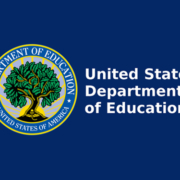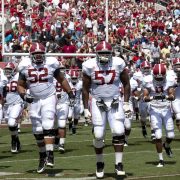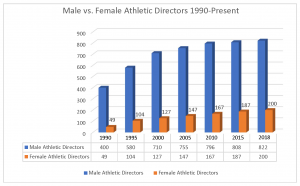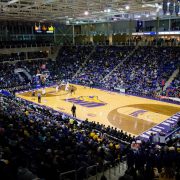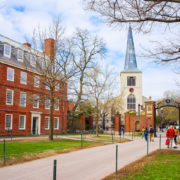Controversial Accrediting Body Dangerously Close to Losing Federal Recognition
The Education Department has recommended withdrawing recognition of the Accrediting Council for Independent Colleges and Schools, or ACICS, as officials say the largest for-profit college accrediting agency has exhibited an “unprecedented level of noncompliance” in the past and present. The potential termination comes on the heels of a damning Education Department report noting that ACICS is not meeting federal standards.
Education Department findings charge that the accrediting body consists of employees who simply lack qualifications, “the agency failed to demonstrate that it has competent and knowledgeable individuals, qualified by education and experience in their own right and trained by the agency on their responsibilities, as appropriate for their roles, regarding the agency’s standards, policies, and procedures.” This is not the first time Higher Ed policy experts have criticized the accrediting body.
Under Education Secretary Betsy Devos, ACICS (a historically for-profit accreditor), fought for its accreditation reinstatement after the Obama administration eliminated its recognition in 2016 – citing pervasive compliance problems with schools who attained accreditation under the council. ACICS accredited and shuttered schools such as ITT Tech, The Corinthian Colleges, and other for-profit institutions “routinely failed to adequately police schools under its oversight,” according the Education Department. However, in March of 2018 a federal court found that ACICS’s 36,000 pages petitioning for recognition had not been entirely examined by Education Department officials in leu of revoking ACICS’s status. Secretary Devos then signed an official order retaining the status of ACICS as a federally recognized accrediting agency, citing a “flawed” decision-making process.
Four years later, US Department of Education officials have noted in a new report, ACICS is still not able to comply with federal requirements and has failed at protecting students and taxpayers. According to Kyle Southern, policy and advocacy director for higher education and workforce at Young Invincible:
Yesterday’s recommendation from the staff at the Education Department only affirms what too many people have known for too long: ACICS has failed in its responsibility to ensure its member institutions provide anything close to the quality of education new should expect from any college or university…we welcome this step in the process toward revoking ACICS as an accreditor and putting some of the worst actors in the field of higher education on notice. The National Advisory Committee on Institutional Quality and Integrity (NACIQI) should take this recommendation seriously, and the Department should ultimately fulfill its obligation to maintain the integrity of accreditation and access to federal funds.”
On February 24th, in an 11-to-1 vote, NACICQI voted in recommendation of discrediting ACICS. The Education Department is required to make its final decision within the next 90 days, after which ACICS can appeal the result to Education Secretary Miguel Cardona.
What does this mean for schools accredited by ACICS?
There are 55 ACICS accredited schools in the 2021 HigherEd Direct Database. 26 of those institutions have additional accreditations and will most likely not be impacted if ACICS loses federal recognition. Of the 29 that are alone accredited with ACICS, three are actively seeking alternative accreditors for recognition at this time. A list of 26 schools with sole ACICS accreditation can be found here.
Stay up to date with the ongoing ACICS recognition as well as all other school accreditations with HigherEd Direct, our online searchable database. We are the only single source reference tool for individual accreditations, from all Department of Education and CHEA recognized accrediting organizations, in the United States.


